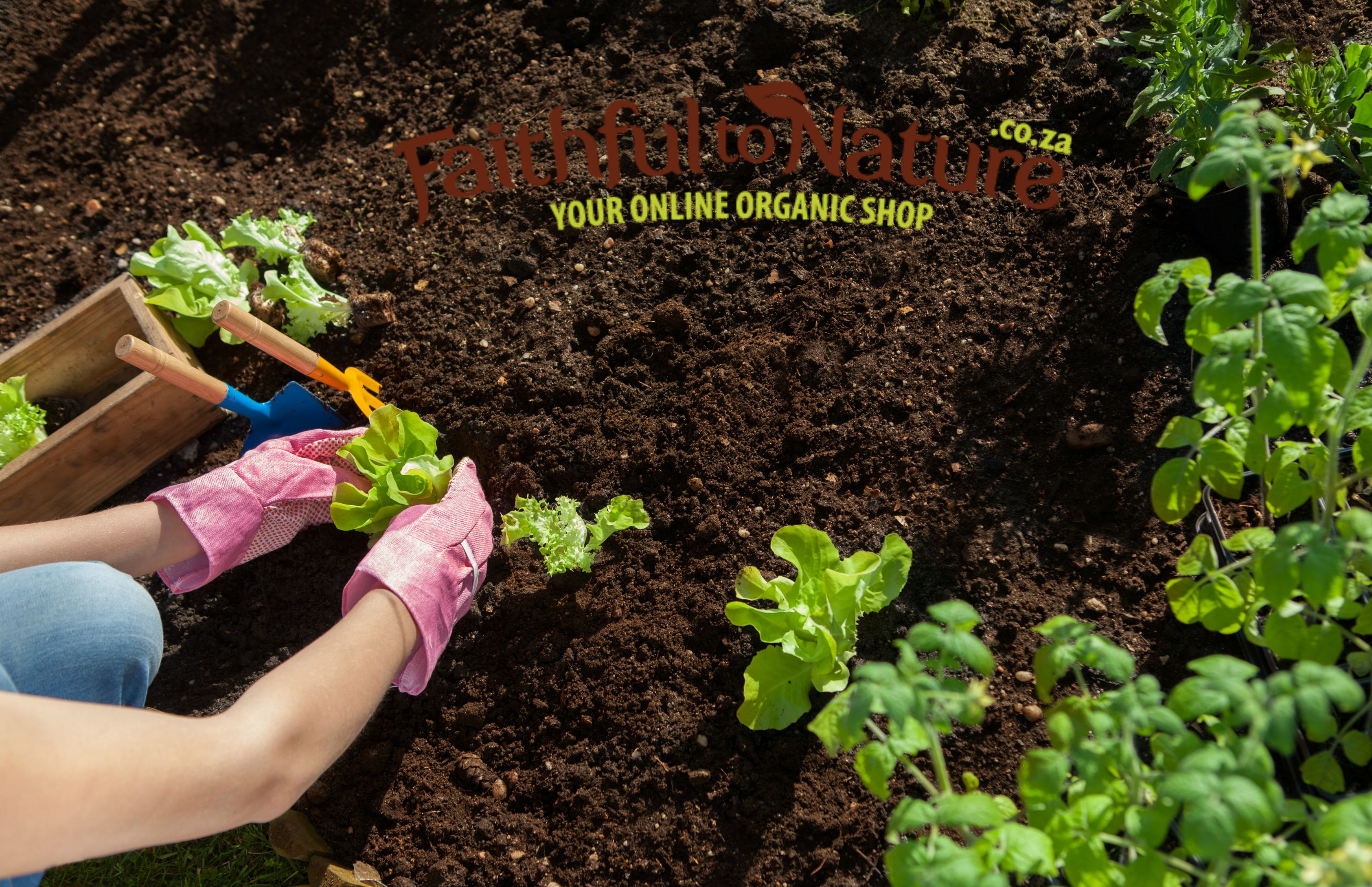
17 Aug The Ins And Outs of Companion Planting
Companion planting sounds like a pretty friendly concept doesn’t it? That’s because companion plants are plants that like each other and get along, and even better, protect each other by discouraging pests and disease. They also support each other’s growth so that they flourish. Companion planting is especially useful when you are growing yourself some edibles such as veggies, salads and herbs, as keeping your food wholesome and healthy is a good thing if you’re going to be eating it. Creating a healthy, harmonious leafy community in your garden is what companion planting is all about.
Pest Control
Companion planting can be used as a clever way to control pests and disease with minimum intervention. Scented plants often have the effect of deterring pests. Coriander, basil, mint, onions and geranium give off compounds that deter things like aphids, nematodes and spider mites. You don’t have to plant them in the same soil necessarily, they can be in pots near each other as it’s the smell that does the trick. For instance white butterflies don’t like oregano, so plant oregano near cauliflower to deter white butterflies from laying their eggs on your cauliflowers. Some aromatic herbs such as lavender, mint, sage and thyme also attract birds who will snap up pests as a juicy snack.
Enticing Beneficial Insects
Flowering plants such as nasturtiums, calendula, blossoming lettuce, lavender, basil and bee balm are great if you want to attract insects of the pleasant type such as bees and butterflies, that will act as valuable pollinators.
Maximizing Ground Space
By combining different size plants, as well as plants with different root depths, you can take full advantage of your available garden space. Plant tall plants with deep roots with smaller plants that have shallow roots. This way they won’t be competing for soil space.You can also put plants that need shade in the shadow of bigger plants.
Natural Fertiliser
Different plants give off different organic compounds that affect soil quality and plant health. For instance, beans, lupins and peas release nitrogen from their roots, These nitrogren fixing plants convert nitrogen into protein, ammonia and nitrates. When you dig these plants into the soil, potatoes, carrots, cucumbers, cauliflowers, corn, as a matter of fact most plants and herbs, receive a fertilizing boost.
Crop Rotation
Crop rotation is a way of making sure the soil receives a variety of nutrients, as different types of crops are planted in the same place every year. For example, you can rotate light feeders with heavy feeders that use the soil in different ways. This variety creates a well-balanced soil and is a sustainable way to nurture the earth instead of depleting it.
Flavour
Certain plants even have the ability to enhance each others flavor so that they taste better, a delightful pre-culinary trick! For instance, Chamomile improves the flavor of onions.
Some Companions
• Roses & garlic: it seems an odd combo – but garlic and garlic chives are great for repelling rose pests
• Carrots & leeks or onions together create a deterrent for carrot and onion flies. The smell of coriander, marigolds or geraniums also protect carrots from pests
• Tomatoes & cabbage: tomatoes deter moth larvae which chew big holes in cabbage leaves
• Fruit trees with lavender & garlic to repels pests such as aphids
• Cabbage & dill: cabbages support the dill and the dill attracts beneficial wasps that control cabbage worms
• Broccoli & basil: basil repels mosquitoes and flies
• Celery & onions or potatoes enhance the flavour of broccoli
• Radishes & cucumber: radishes deter cucumber beetles
• Corn & beans: beans attract insects that prey on corn pests and bean creepers climb up corn stalks
• Lettuce & tall flowers: lettuces like some shade to grow in
• Radishes & spinach: radishes draw pests away from the spinach to their leaves, but this doesn’t affect their own edible underground growth
• Sweet alyssum & potato or broccoli: the fragrant flowers of the alyssum attract insects, such as predatory pest munching wasps
Companion Planting Table
There are many companion planting guides available online, here is a handy example.
Companion planting has so many variations and is so interesting, and it is another tool in your gardening kit that will turn your thumb greener than ever before!









No Comments